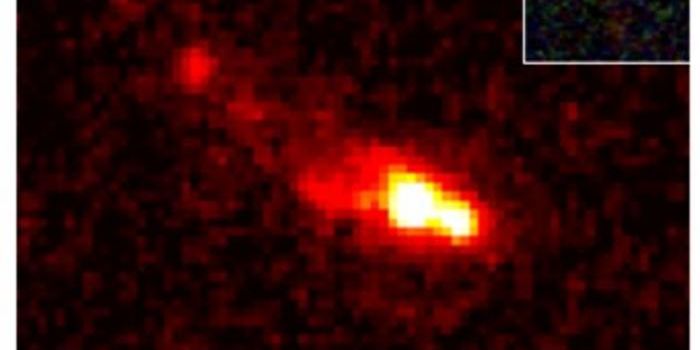COVID-19 transmitted in a fractal nature
New research published under the title “Fractal signatures of the COVID-19 spread” in the journal Chaos, Solitons & Fractals proposes an epidemiological model that provides a more detailed description of how the virus is spreading in different countries and regions.
The model is based on the idea of fractals, which are never-ending patterns that create self-similar across different scales. Fractals, often seen in nature, appear in the spread of the virus that has wreaked havoc on the world in the last year, say the researchers. For instance, with transmission, an infected person initially passes the virus to relatively small group or people within direct contact. Then there is a break in transmission, soon after which we see the initial pattern repeated with the infected group transmits the virus to a larger group. This pattern continues consistently, explain the researchers.
This model aims to complement models typical of pandemic transmission tracing, like the SIR. The SIR, which stands for susceptible (S), infected (I), and removed (R), is based on the idea that a susceptible person can be infected, and an infected person will eventually be removed (either via immunization or death): the sum of this total number of individual remains constant throughout the evolution of the epidemic even as the numbers of individuals in each category shifts.
In a SIR model, we see a model where the curve representing the number of COVID-19 infected people rises sharply during the initial phase when the pathogen is spreading rapidly, peaks at maximum contamination, and slopes down more gently as contagion slows until there are no longer any infectious people. The researchers behind this study thought that this type of model was missing a key piece of the COVID-19 story.
“Although this model is a very useful tool to investigate the temporal evolution of the pandemic, it provides few insights into how contagion progresses spatially, which is key to the planning of social distancing programs that effectively protect people and at the same time reduce the socio-economic impact of the disease,” study author Airton Deppman, a professor in the University of São Paulo’s Physics Institute (IF-USP).
The fractal-based model aims to address that gap. In developing the model, the research team used data for China, the United States, and the state of São Paulo, testing their findings on data for São Paulo and Europe in order to explore spatial distribution.
“When you construct a graph crossing the number of infected people with the population and quantify the variables on a logarithmic scale on the x and y axes, the result is a straight line. This is typical of a fractal phenomenon, in which the same pattern is repeated at various scales,” Deppman explained.
“The model successfully described in great detail the temporal evolution of contagion. As a rule of thumb, the curve rises steeply at first, and this is followed by smaller peaks and troughs as the virus is transmitted from one area to the next.”
The team says their model can be used to determine when social-distancing and quarantine measures should begin and end. They say, based on the data, these decisions should be made on a region by region case, instead of for an entire state or country.
Sources: Chaos, Solitons & Fractals, Eureka Alert


















































